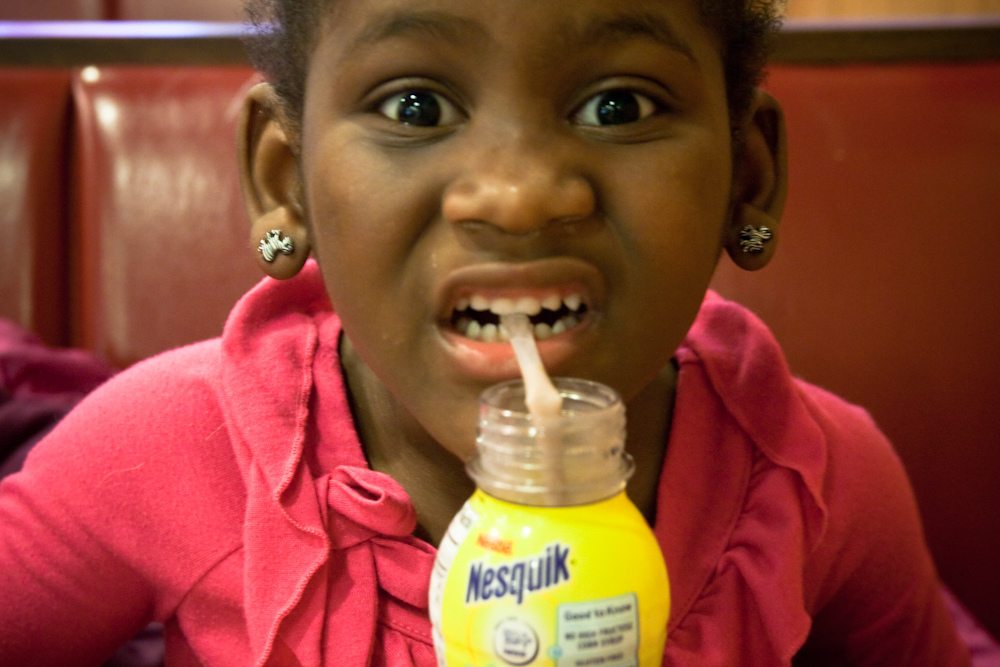(Or, does it just need a little freshening up?)
When we start our ventures (if we do things right), we create branding that eventually accomplishes the goal of telling our story in a way that is unique, compelling and builds community. Both the visual and written elements of the brand should all start aligned with one purpose — to connect us with our ideal customers.
Over time, our businesses evolve. Visions clarify. Markets shift. That’s how life is. If you don’t grow and change, you die. That evolution sometimes creates a chasm between who we were when we started and who we are now. It’s happened in my own business life multiple times. Even the Word Chef brand (as new as it is) made a subtle change, recently.
When I launched this business originally, it was my intent to make WordPress site installs a main part of my service offering. That intention was reflected in the original logo:
Compared to this:
Note how “Word” uses a similar typeface to that used by the actual WordPress logo. The font I used for the word “Chef” is a little on the formal side — my intent was to convey a feeling of expertise and creative flair at the same time.
So what happened? Two things:
1) I realized that while I love, love LOVE WordPress, I don’t want it to be my main thing. I enjoy putting together the occasional site for a client, but would much rather teach folks how to use it rather than build the sites themselves.
And, 2) The fonts I used for my original logo were too rigid to convey the true sense of play and creativity I feel are the hallmarks of my brand (e.g., recipes are great as starting points, but creativity, joy and your willingness to play with your “food” is where you’ll find the innovative sweet spots).
This clarity prompted a revision of the Word Chef logo:
The new fonts still have elements of the first version — “Word” is still displayed in all caps and “Chef” is still a script font. The difference is that now I have two typefaces that I can feel good about in branding other parts of my business. (Remember, it’s important to keep your design elements consistent.)
These same fonts are used for my programs the Digital Dining Room, the Test Kitchen, and the graphic elements I created for my services menu.
Yes, your brand is much, much more than just a logo. Your brand encompasses your promise and how you keep it as well as your customers and their interactions with you. But the visual elements are an important first line to telling your brand’s story. So, even if you’ve only been in business for a short while, your branding could be off target.
How can you tell? Is there a sniff test for your marketing messages? The short answer is, “Yes.”
Here are 8 clues that it’s time to take a fresh look at your brand:
1. Your products and/or services have morphed beyond your original vision or target market.
2. You’ve merged with another company or taken on a new partner.
3. Your target market has changed or grown and your message doesn’t quite speak their language.
4. Your reputation has been damaged beyond repair.
5. You can’t describe what you want to be known for in a single phrase. (Or, more importantly, your clients can’t either.)
6. Your business doesn’t stand out from the competition with its own unique branded personality. (If you were to take away your logo, would anyone recognize the content and message as yours?)
7. Your passion (or your WHY) is nowhere to be found.
8. Your business doesn’t have any sort of a community or “tribe.” Sometimes, you may have to refresh (keep the name, update the logo/message). And sometimes, you’ll need to rebrand altogether (new name, new logo).
The most important question when considering any change, is why. It won’t make sense to change just for change’s sake (e.g., because you’re bored). You’ll need to do the preliminary work to figure this out.
And don’t rebrand if a refresh will do the job. Unless you have serious problems with your existing brand, avoid creating a whole new business identity. You’ll lose any of the equity you’ve built up over time.
The key to remember is that changing up your brand can and will take time (and money, if you can’t do the design work yourself). But don’t let that stop you from moving forward.
Here’s what to consider before you begin:
1. Make sure you understand your business goals, mission, vision and values. These are the foundation of your brand promise and need to be clearly defined before you do anything.
2. Nail down your story (and your story’s main characters). Every story has at least one hero and a few villains. What themes does your story tell? What are the emotional elements? And what metaphor(s) will you use to convey this story to the world?
3. Do you have a solid expert (marketing consultant and/or graphic designer) in your corner to advise you? This person or team should have a clear understanding of how branding works and all of the intricacies of both design and storytelling. They also need to have your best interests at heart.
If your brand needs a fresh start, or you have yet to figure out what your Secret Sauce actually consists of, my 9-step process can help you get started. And if you need additional help, I’ve got a great self-study class that will fit your schedule. Check out “Origin Stories.”
Photo Credit: Steven Depolo














These are fantastic, very applicable tips that are helpful in getting clear on next steps, especially when you are emotionally connected to what you have created. Sometimes the past feels comfy, but doesn’t serve forward momentum, and it’s very important to have a process to help you “get real”.
Its always refreshing to see how others tweak and evolve over time. Thanks for sharing these great tips and your journey Tea.
Really great, Tea! Not only is this fantastic advice but you’re speaking from experience which is even better because you know exactly when, why and how to go through the rebranding process. I’ve done it in my company. One year we went through two logo redesigns in the same year (for a total of 3 logos used in one year!) and they were so off-the-charts opposite that it really proved that we were going through a bit of an identity crisis. It’s true that brand is far more than a logo but visualizing your brand can help you define it. What am I trying to say? Why am I saying it? Is this what I do? Is it how I want to be perceived? The year of three logos was really important because we had to sit down and figure out which direction we were going in as a business. Good advice and I love your writing style. It’s direct and makes complete sense.
Hey Tea, this has been something I have been struggling with as I grow. There are so many times that I want to re-brand myself as I grow, but I know that would be starting over according to our friends at Google lol. So I can put different pages on my blog, change things up a bit, but still use the same name.Branding is important. I have my blog, Twitter and Youtube all designed the same for branding. Thanks for the info, it really helped,Donna
Love the way you’ve talked us through the evolution of the logo, Tea. It’s a good reminder that you shouldn’t stand still and be prepared to shift things when it’s time.